For many years, Palestinian deaths and subjugation have not generated the same contempt US journalists express for other global conflicts. This is slowly starting to change.
Recently at the Doha-Tribeca Film Festival, attendees screened a documentary on Hollywood and United States media portrayals of Arabs and Muslims. The large audience adored the film, “Valentino's Ghost,” and had fulsome praise for its chief creator, Michael Singh.
Meaningful Debate
Much of the documentary was spot on, including assertions that Hollywood films about Arabs and Muslims tend to focus on war and terrorism, and that Hollywood splatters Arabs with stereotyped tones that are unconscionable for other ethnicities.
The film reverts somewhat to the early 2000s and prior, though, when discussion focuses on US coverage of Israel’s occupation of Palestine.
“We actually have a huge debate about abortion in this country,” John Mearsheimer, coauthor of the 2007 book, The Israel Lobby, told the camera. “We have a huge debate in this country about affirmative action… But we do not have any debate, any meaningful debate in this country about Israeli policy in the Occupied Territories, or about the US-Israeli relationship.”
This statement was more accurate when Mearsheimer published his book but, thankfully, today we have somewhat different, if only slightly more nuanced, coverage of Israel and Palestine. The US arguably produces the most pro-Israel coverage of any nation in the world, even compared with Israel itself, but there are small signs of change.
The matter of whether American media are imbalanced in Israel-Palestine coverage may seem like a small thing. It is not. There is perhaps not a single global criticism of US journalism more common than the underreporting of Palestinian suffering.
It is difficult, but not impossible, for US journalists to publish sensitive material related to Israel. “Fatima Qortoum was just 9 years old when she saw the brains of her brother, 7-year-old Ahmed, fall out of his head,” Erin Cunningham filed from Gaza in November for GlobalPost. “He was struck with shrapnel after an Israeli airstrike.”
In mainstream media outlets, I have doubted that Israel is a modern democracy, defended the right to utter anti-Semitic speech on US college campuses, and highlighted Israel’s (as well as Hamas and the Palestinian Authority’s) abuse of journalists. On December 2, the Committee to Protect Journalists published an open letter to Israeli Prime Minister Benjamin Netanyahu urging him to explain his military’s killing of journalists in the Gaza Strip. Three journalists were killed and nine more injured in recent attacks.
Is US coverage of Palestinian plight lacking overall? As surely as humans bleed. After much of Israel’s recent attack on Gaza had quieted, 160 Palestinians and six Israelis lay dead. I cannot think of another human conflict with, say, a death ratio of 32:1 in which American media so frequently dismiss the underdog. In a November speech hosted by the Saban Center for Middle East Policy, US Secretary of State Hillary Clinton accused Israel of lacking generosity and empathy toward Palestinians, but most major US news organizations did not carry the quote.
American News Editors
The New York Timesran a front-page photo in November of frightened Palestinian schoolgirls in Gaza looking at the ruins of their school, which Israeli bombs destroyed. The caption inexplicably read, “Girls at a Gaza school were stunned to find it closed. An emboldened Hamas may lead Israel to harden its stance.” [Emphasis mine.]
The late foreign correspondence legend, Anthony Shadid, says in “Valentino’s Ghost” that many American news editors are reluctant to question Israeli military actions because they simply do not want to deal with the backlash. "You know,” Shadid recalls an editor saying of a story on Israeli military roadblocks, “I really don't want to deal with this; we're going to get a ton of letters." In order for Michael Singh to show “Valentino’s Ghost” in the US, an affiliate of the Corporation for Public Broadcasting has demanded the deletion of certain portions critical of Israel.
I recently wrote a piece about Israel for a publication in New York, and the editor scrubbed the draft clean of virtually all criticism of the powerful country. He seemed a bit embarrassed, but it was clear he would not budge.
In the same piece, I failed to designate Jerusalem as the capital of Israel, since the US and most of the world does not recognize it as such. The Anti-Defamation League (ADL) pressured the editor to print a correction anointing Jerusalem Israel’s capital. The editor made the (inaccurate) correction, illustrating how American editors can be cowed by interest-group politics.
Yet, US journalists themselves are becoming more vocal on the shortcomings of American coverage of Israel and Palestine. “Palestinian suffering has been far too little noted,” journalist James Carroll wrote recently in The Boston Globe. The New York Times ombuds Margaret Sullivan acknowledged that the Gaza school bombing caption was poor, and The Nation blogger Greg Mitchell wrote, “You had to go to other photos way over at the NYT [New York Times] site to find out that the school was completely destroyed by an Israeli air strike…While prominent placement of the photo might draw criticism from Israelis, the caption seemed aimed at softening that.” I tweeted that the caption “was a disgrace. It came across as an apology for running a photo of a school Israel destroyed” — a note that The New York Times retweeted.
The November 2012 assault on Palestinians in Gaza was covered differently than in years past. George W. Bush’s lame duck administration stayed in its hammock in late 2008 and early 2009, when Israel bombed Gaza and killed more than 1,400 people, with a ratio of over 100 dead Palestinians for every fallen Israeli. There was a shortage of outrage in the American press.
This time, though, American journalists, as well as a US administration that did not wait for body counts in the thousands to intervene, acted more as they should when people are dying. To the dismay of Israel supporters, The Washington Post ran a front-page photo of a Palestinian infant killed by Israel. Many Israel supporters complained that a photo of a dead baby is biased, but The Post was unapologetic. The picture, said The Washington Post ombuds Patrick Pexton, is “a split-second version of the truth,” and one that “moves the viewer toward a larger truth.”
One morning in November, The International Herald Tribune ran side-by-side op-eds supporting Palestinian aspirations. One of the essays, which was coauthored by Jimmy Carter, opposed a policy of the sitting president and urged nations to vote for upgraded Palestinian status in the United Nations. This tandem of articles would have been less likely fifteen years ago.
Israel supporters, of course, often decry coverage of the country in US media, too. The ADL routinely pressures news organizations following critical coverage of Israel. Stanford researchers in the 1980s identified something called the “Hostile Media Phenomenon,” which demonstrated that when opponents in political disputes view the same coverage of the conflict, both sides frequently rate the coverage as similarly antagonistic to their cause. Even when I have written articles sharply critical of Israel, Palestinians often comment or contact me complaining that I got things wrong and used kid gloves.
Palestinians, though, seem less concerned with media coverage of, say, Hamas’ atrocities, than with a lack of coverage of their suffering. Palestinians rarely protest coverage that labels Hamas negatively for shooting rockets at civilians. Palestinians’ chief complaint, rather, is that Palestinian deaths and subjugation are not accorded the journalistic outrage they deserve.
Pressure Tactics
This is true, but things are changing. More American journalists are aware of, and arguing for column space for, Palestinians’ indignities. Columnist Roger Cohen wrote last month that since 2008, “Israel’s interest in the ‘dream’ of a two-state peace has been expressed mainly in the expansion of West Bank settlements.” Following Israel’s announcement of new settlements after the UN upgraded Palestine’s standing, The New Yorker's David Remnick wrote that "the Israeli political class is a full-blown train wreck."
I taught recently at the University of Maine, and my students, while not abundantly informed about the Middle East, tended to see Palestinians as they see Tibetans or Chechens — a people occupied by a foreign military. This awareness is due to more complete reporting on Israel and Palestine.
US editors will likely face less lobbying and pressure tactics in the future from groups like the ADL and the American Israel Public Affairs Committee (AIPAC). The AIPAC crowd is aging, while Arab-Americans in the US are very young and are rapidly increasing in number. Additionally, Arab-American political groups are expanding.
Just as Obama has been more blunt than past administrations about Israel’s occupation of Palestinian land and the toxicity of new settlements, US journalists have greater flexibility to cover this decades-long conflict.
It will take time, perhaps years, for American journalists to finally cover Israel and Palestine as they do other conflicts, but we are heading in that direction.
The views expressed in this article are the author's own and do not necessarily reflect Fair Observer’s editorial policy.
Support Fair Observer
We rely on your support for our independence, diversity and quality.
For more than 10 years, Fair Observer has been free, fair and independent. No billionaire owns us, no advertisers control us. We are a reader-supported nonprofit. Unlike many other publications, we keep our content free for readers regardless of where they live or whether they can afford to pay. We have no paywalls and no ads.
In the post-truth era of fake news, echo chambers and filter bubbles, we publish a plurality of perspectives from around the world. Anyone can publish with us, but everyone goes through a rigorous editorial process. So, you get fact-checked, well-reasoned content instead of noise.
We publish 2,500+ voices from 90+ countries. We also conduct education and training programs
on subjects ranging from digital media and journalism to writing and critical thinking. This
doesn’t come cheap. Servers, editors, trainers and web developers cost
money.
Please consider supporting us on a regular basis as a recurring donor or a
sustaining member.
Will you support FO’s journalism?
We rely on your support for our independence, diversity and quality.



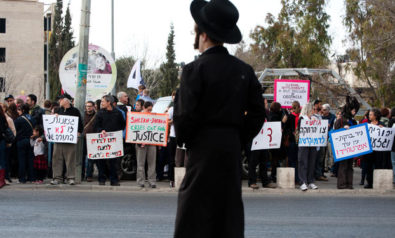

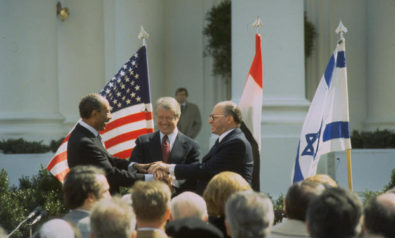


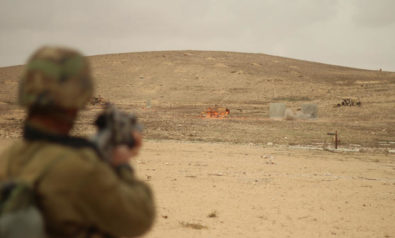
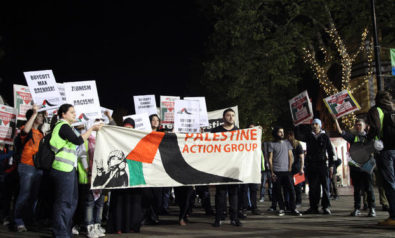
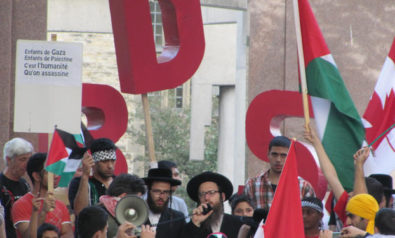

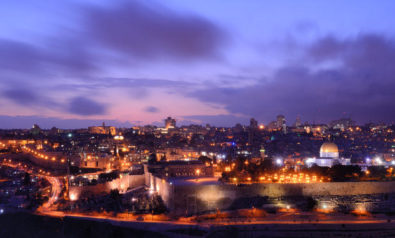

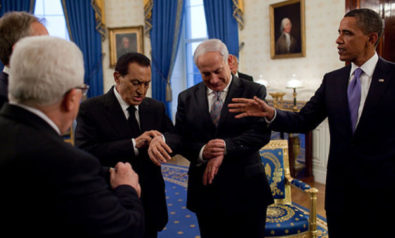

Comment